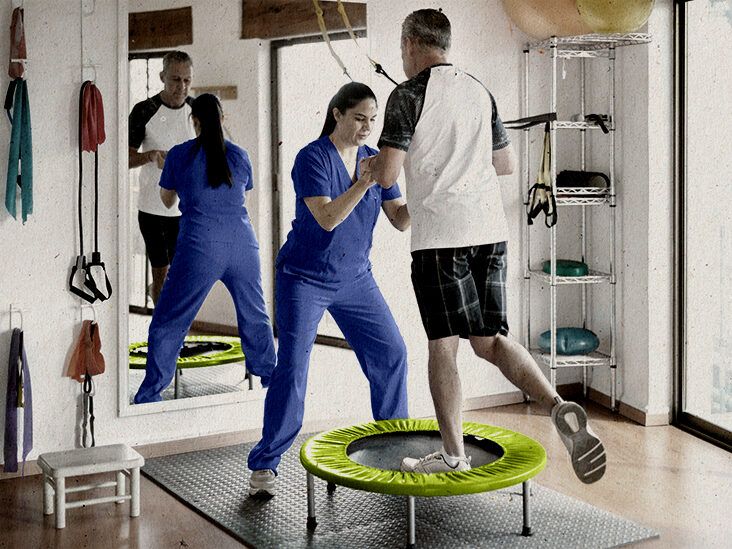One of the frequently frequently seen traumas in athletics is the ankle ligament injury. This trauma often happens when an athlete touches down awkwardly or rotates their ankle during a match. Symptoms of an foot sprain include discomfort, swelling, and difficulty walking. Prompt treatment typically includes the R.I.C.E. approach, which stands for Rest, Ice, Wrapping, and Elevation. This method helps minimize swelling and discomfort. In more serious cases, physical treatment may be necessary to restore power and flexibility to the ankle before going back to sports.
Another frequent injury is a muscular strain, which can occur in all athletic activity that demands sudden actions or intense lifting. Sportspeople may suffer a muscle injury when they stretch a muscular tissue too much or when they exert too great force. Signs include sharp pain, swelling, and muscle spasms. Recovery for muscular strains often includes light stretching and strengthening exercises. Gradually raising activity levels is vital to prevent recurrence. Sportspeople should work tightly with a physical specialist to develop a secure and effective recovery strategy.
Tendonitis is another trauma that can impact sportspeople, particularly those who participate in frequent motions, such as runners or aquatic athletes. This condition happens when a tendon, which connects muscle to bone, gets swollen. Common areas affected by tendon inflammation include the arm, upper arm, and knee. Symptoms often include pain and rigidity, especially during activity. Care for tendon inflammation usually includes rest, cooling, and pain-relief drugs. In some cases, rehabilitative treatment may be recommended to improve mobility and power in the affected region.
Avoiding sports injuries is just as important as addressing them. Sportspeople can reduce their chance of injury by heating up correctly before events, using the appropriate gear, and keeping good physical condition. Strength conditioning and stretching workouts can help prepare the body for the requirements of athletics. Additionally, athletes should listen to their bodies and take breaks when needed. By understanding common athletic traumas and implementing effective rehabilitation plans, sportspeople why not check here can remain healthy and enjoy their beloved sports for years to follow.
